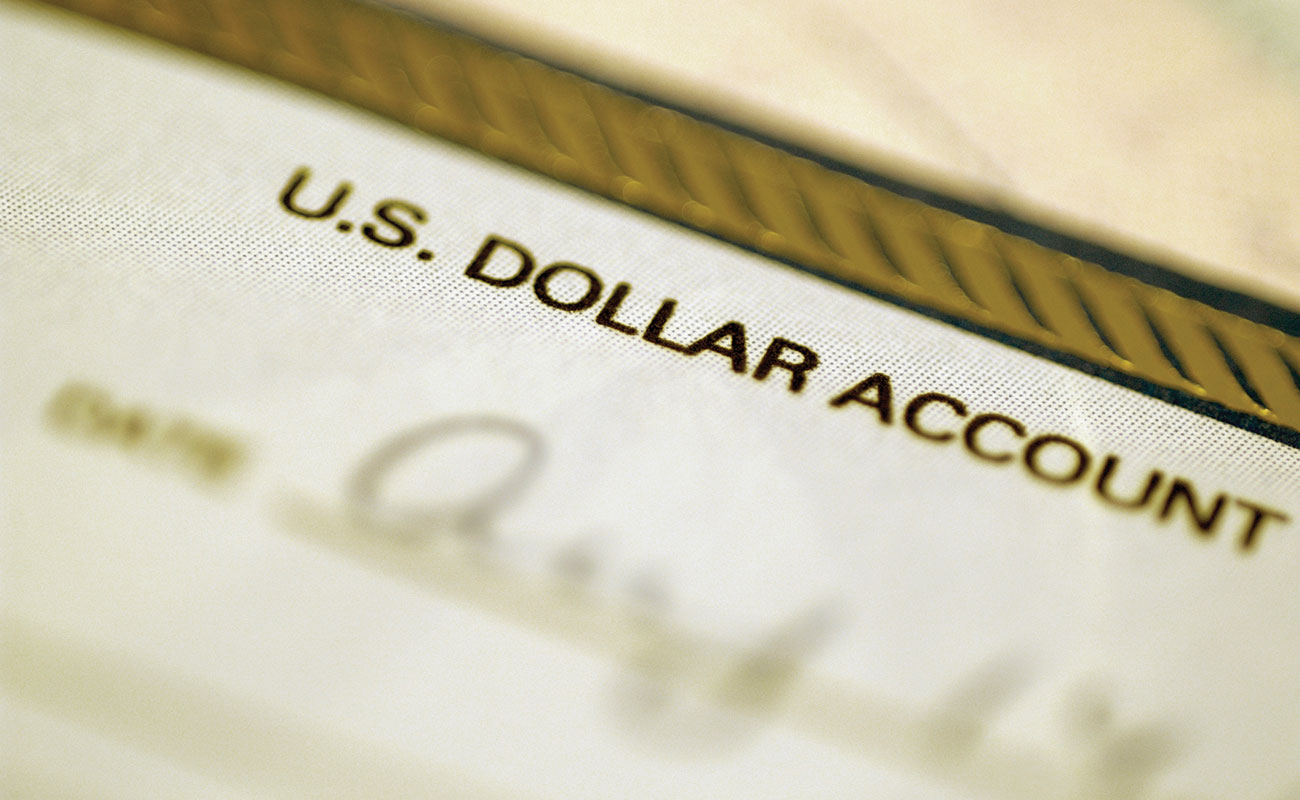You’re probably extra cautious about safeguarding your passport. Are you as careful about protecting your company’s secure business documents?
We recommend that you review certain business documents regularly to counter fraud and hinder counterfeiting. According to the Document Security Alliance, crime based on document fraud and identity theft amounts to hundreds of billions of dollars in the U.S. today.
Here at the Cooley Group, we’ve recently added more security measures to our company checks after our bank contacted us about possible fraudulent activity. It reminded us that every company should take a closer look at their checks and other critical documents for more fraud protection.
Before desktop scanners and color copiers got so sophisticated, criminals tended to resort to document forgery. But today’s high-quality, low-cost office equipment is so good that criminals can easily create their own counterfeit documents. This is scary stuff.
What Are a Company’s “Critical Documents”?
Your company checks are clearly critical documents, and they likely use several security measures that were added by the paper manufacturer or the commercial printer.
Take a look at your checks. The background of the check itself is printed in a colorful screened pattern, known as a pantograph, that can’t be duplicated on a laser or inkjet printer. Maybe the manufacturer used a “void pantograph,” so the word “void” appears in multiple locations on the check when scanned or copied. There’s probably a padlock icon somewhere on the check. This is a clear, visual sign that numerous security features are protecting your checks.
Does your company use or produce other critical documents? Any document that is sensitive, negotiable, or has a monetary value is at risk for fraud and should be made secure. This includes the following:
- Award certificates
- Garment tags
- Gift certificates
- Legal documents
- Purchase orders
- Sporting and event tickets
- Vouchers
- Warranties
What Security Features Are Available for Printed Documents?
Today’s office scanners and copiers have met their match. There are now highly effective security features available for your critical documents. They’re created when the paper is manufactured or when the document is commercially printed. Here are a few examples:
Specialty paper. Consider 100% rag paper with tiny fluorescent fibers running through it, making it exceptionally secure. The fibers may be invisible to the naked eye but viewable under special lighting. This is the type of paper used for making U.S. currency. Another option is a true watermark. Created during the papermaking process, this translucent image is typically your logo or the name of your company. It cannot be duplicated.
Security inks. There are numerous special inks used as security features. You could have your logo or watermark printed in white ink or a transparent varnish. Neither can be scanned or photocopied.Thermochromatic inks are heat-sensitive and will change color based on the temperature. Magnetic inks, used mostly for serial numbering, have tiny bits of magnet flakes and allow numbers to be machine read.
Commercial printing techniques. Here’s where you have the most options. Consider using a pantograph, as you see on your checks, for certain sensitive documents. If the printer uses several ink colors for this pattern and then merges them together, it’s called prismatic printing, which is quite difficult to reproduce on copiers and scanners. You could also recreate your logo in a tiny, screened step-and-repeat pattern across an entire document. The more complex the pattern, the more secure your document. Then there’s microprinting, wherein a line of warning text is printed in so small a typeface and repeated along one edge of a document that to the naked eye, it looks like a graphic border, but under a magnifier, the warning text is visible.
There are many ways to add security measures to your documents. Although nothing is 100% foolproof, adding one or more security feature to sensitive documents will help deter fraud. What’s critical is building such measures into the design process of the document. Plan early for the best protection.
Where do you begin? For recommendations on the best security concepts for your own critical documents, contact your Cooley Brand Consultant today.






